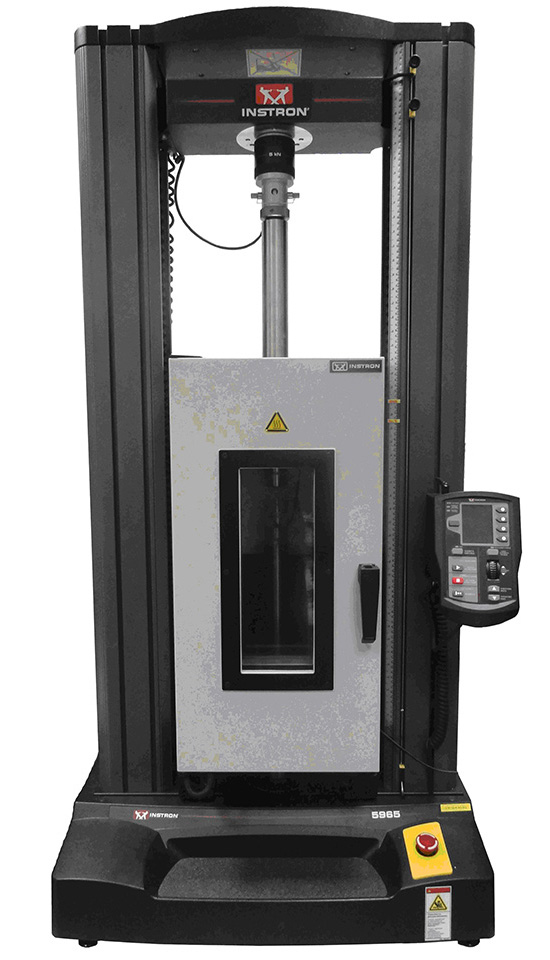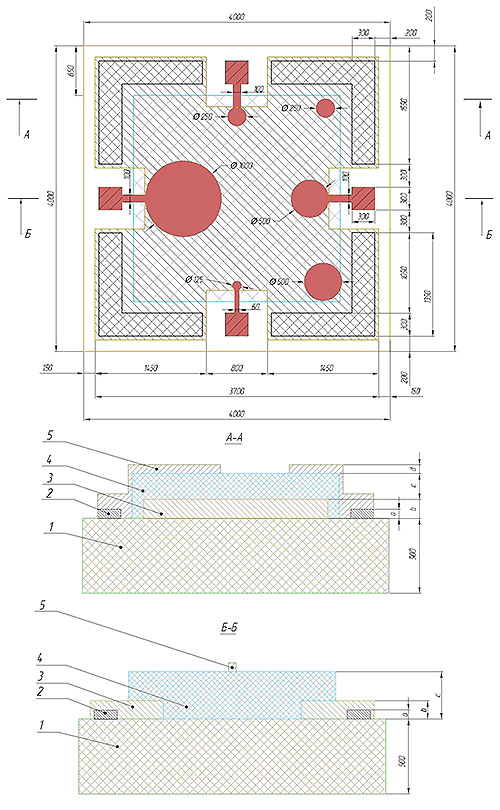Laboratory of Physical Acoustics and Acoustoelectronic Devices
Laboratory Head Professor, Dr. B. SorokinAcoustoelectronic devices based on bulk (BAW) and surface (SAW) acoustic waves are widely used in creation of acoustic resonators, generators, effective sensors, etc. The group objectives are the development of experimental devices, acoustoelectronic structures, conducting experiments to study the physical properties of crystals and layered structures, modeling propagation of acoustic waves in a crystal, including the conditions of the final external influences.
Research areas
- Development of experimental samples high-overtone bulk acoustic resonators (HBAR), working at 1 – 20 GHz;
- Development of SAW devices based on "IDT/AlN/diamond" layered structure;
- Development of highly sensitive sensors based on acoustoelectronic piezoelectric structures for gas analysis, deposition of ultrathin films, etc.;
- Development of technology for ScxAl1-xN thin piezoelectric films deposition in order to use them in the microwave piezoelectric transducers;
- Study of the acoustic properties of the piezoelectric materials and layered structures and their pressure, temperature, etc. dependences;
- Theoretical and experimental research of microwave attenuation in layered structures, such as "Me1/AlN/Me2/diamond".
Experimental devices
 |
 |
|
E5071C Vector network analyzer, M-150 workstation, and HBAR testing device |
Dual column testing system Instron 5965 for compression with thermal chamber |
Methods
Long pulse method (RAM-5000 installation) is used for measuring acoustic waves velocities in the range of 20-200 MHz with an accuracy of 0.1%. Thin plate samples with a thickness at least 1 mm are used. Acoustic waves are excited by the piezoelectric transducers of X- and Y-cuts of quartz, and 36° and 163° Y-cuts lithium niobate.
Pulse echo method (AVRK-2-B video pulses generator, DPO71254B oscilloscope) used for accurate measurements of the BAW velocities, and their changes due to external influences (pressure, temperature, electric field) in single crystals.
Measurements of AFC, PFC, and other acoustoelectronic devices characteristics are studied by E5071C vector network analyzer and M150 workstation,
working frequency 300 MHz - 20 GHz, temperature range 20 - 300 °C.
Temperature study of acoustic properties of experimental samples produced by Quantum Design installation in the temperature range 4 – 400 °K.
 |
 |
|
HBAR with a diamond single crystal as a substrate | ||
 | ||
HBAR’s documentation design development in AutoCad |
HBAR with a diamond single crystal as a substrate with complex electrodes geometry |

ПАВ резонатор на алмазной подложке.
Резонанс на 418 МГц – ПАВ мода Рэлея (R0),
566 МГц – ПАВ мода Сезавы (R1)
Results
- The second-order elastic constants of IIa type synthetic diamond single crystal were obtained. From measurements of pressure dependences of BAWs velocities for the first time the diamond’s third-order elastic constants were obtained.
- Experimental samples of HBAR with a structure "Me1/AlN/Me2/diamond" were created. The record high resonant frequencies up to 20 GHz and quality parameter Q×f ≤ 105 GHz were obtained. Based on effective data samples pressure and temperature sensors were created.
- Structures characteristics:
• Diamond substrate roughness Ra < 15 nm;
• The accuracy of orientation of the crystallographic faces less than 10’;
• Piezoelectric AlN film thickness from 0.5 to 5.5 μm;
• Metal films thickness from 100 to 300 nm;
• Operation temperature from -100 to +600 °C;
• Operation in the range of uniaxial pressure from 0 to 10 GPa;
• Operating frequencies: 300 MHz - 20 GHz. - Samples of BAW pressure sensors operable at pressures up to 10 GPa were created.
- Experimental samples of SAW resonators and delay lines working on frequencies 400 - 1600 MHz were developed.
- Experimental samples of SAW pressure sensors with a diamond substrate were developed.
Efficient at pressures up to 150 MPa. - SAW and BAW pressure sensors with layered piezoelectric structures based on diamond single crystal have competitive characteristics and can be used for measurements of high and ultrahigh pressures.
